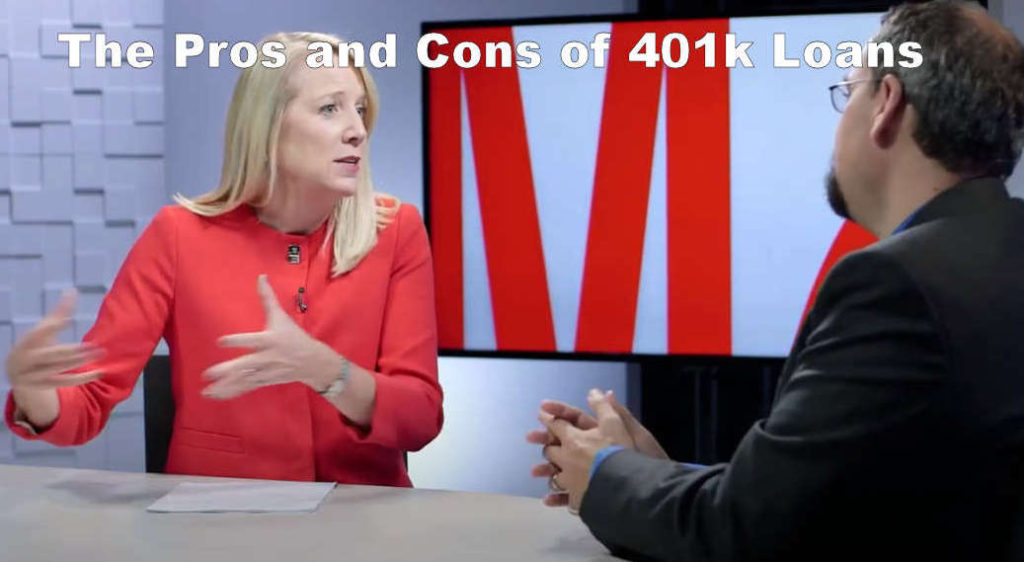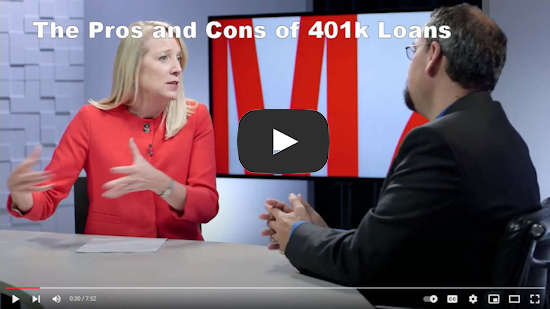Trying to purchase a home before you sell the house you live in can be a complicated process that leaves many homeowners feeling confused and frustrated. Most people simply don’t have enough capital to go out and buy a new home before selling their current one. Others don’t even know where to begin with the entire process. Luckily, with some careful planning and a bit of professional help, you could be able to purchase your new home before you get an offer on your current residence. This will allow you to move out, make repairs and stage your old home to prepare it for sale while you aren’t living there.
Using Your 401(k)
If you’ve invested enough into your 401(k), you might consider using that to fund your new home purchase. While tapping into your 401(k) might be an option for buying a new house, it is essential to do it properly to avoid early withdrawal penalties. If you’re under the age of 59½ and take a traditional withdrawal, you will be subject to a 10% “early withdrawal” penalty, plus you will owe income taxes on your withdrawal.
Instead of cashing out your 401(k), you might consider borrowing against it. Unlike a withdrawal, if you borrow against your 401(k), you don’t have to pay taxes and penalties. But you do have to pay it back. This is not necessarily a disadvantage because it will force you not to fritter away the money you saved for retirement. Plus, the interest you pay on the loan goes back into your retirement plan account (so it is like paying yourself interest). One caveat is that if you change jobs, you might have to repay your loan in full. And if you can’t repay the loan, it’s considered defaulted, and you’ll owe the taxes and any “early withdrawal” penalties.
Borrow Against a Life Insurance Policy
Similar to borrowing against a 401(k) is borrowing against a “whole life” policy. This type of policy builds up value in the early years in order to cover the increased costs of coverage as you get older. If you’ve had the policy long enough for it to build up value, you might be able to borrow against it.
Refinancing
A cash-out refinance is another option that you might consider if you don’t have a 401(k) to borrow against. During a cash-out refinance, you will essentially restructure your current loan and receive a lump sum for any type of purchase that you would like to make. Before you refinance, you will need to verify that you have been in your current home for an adequate amount of time. Many banks and credit unions will not allow you to refinance until you have made payments for a sufficient amount of time. Refinancing is expensive in terms of fees, so doing so for a short period might not make sense.
Home Equity Loan
A home equity loan is similar to a HELOC (home equity line of credit), but you will receive a lump sum instead of a credit line. This is when you would borrow against the current equity of your home. First and foremost, you would want an appraisal done, especially if it’s been a few years since the last appraisal. Your home’s value may have appreciated since you purchased it. If so, you will have a much more significant sum to work with when looking for another home.
The home equity loan option might be particularly beneficial if you have built up quite a bit of equity in your home by staying on top of your mortgage that you could use. If you haven’t been in your home for long, or its value has dropped, then you might not be eligible for a home equity loan.
Lower the Amount You Put Down
Depending on where your new home is located, you might not need to put down the traditional 20 percent. In some areas, buyers can take out 80/10/10 loans where 80 percent of the loan is financed, 10 percent is used as a down payment, and 10 percent is pulled out of the new home’s equity. That type of loan can get a little complicated, and you should speak with the best realtor and mortgage lender you can find to ensure that it is a good decision for your situation.
Your realtor and lender might also be able to find you other mortgage options such as FHA, VA, or other government-guaranteed loans that could allow down payments as low as 5%.
Buying a new home while you already have an existing home loan doesn’t need to be out of your reach, and there are a few financing options available to you. With a little bit of patience and a good long-term plan, you could be moving into the new home of your dreams before you know it.
You might also like:
- Key Factors To Consider Before Refinancing Your Home
- Does a Reverse Mortgage Loan Make Sense for You?
- Key Factors in Getting a Mortgage
- 4 Ways to Cut Back on Your Budget to Save for a down Payment
- Is an FHA Loan Right for You?
- How Much Mortgage Can You Really Afford
- What You Need to Know About Non-Bank Lending
- Family Lending: What are your Options?


